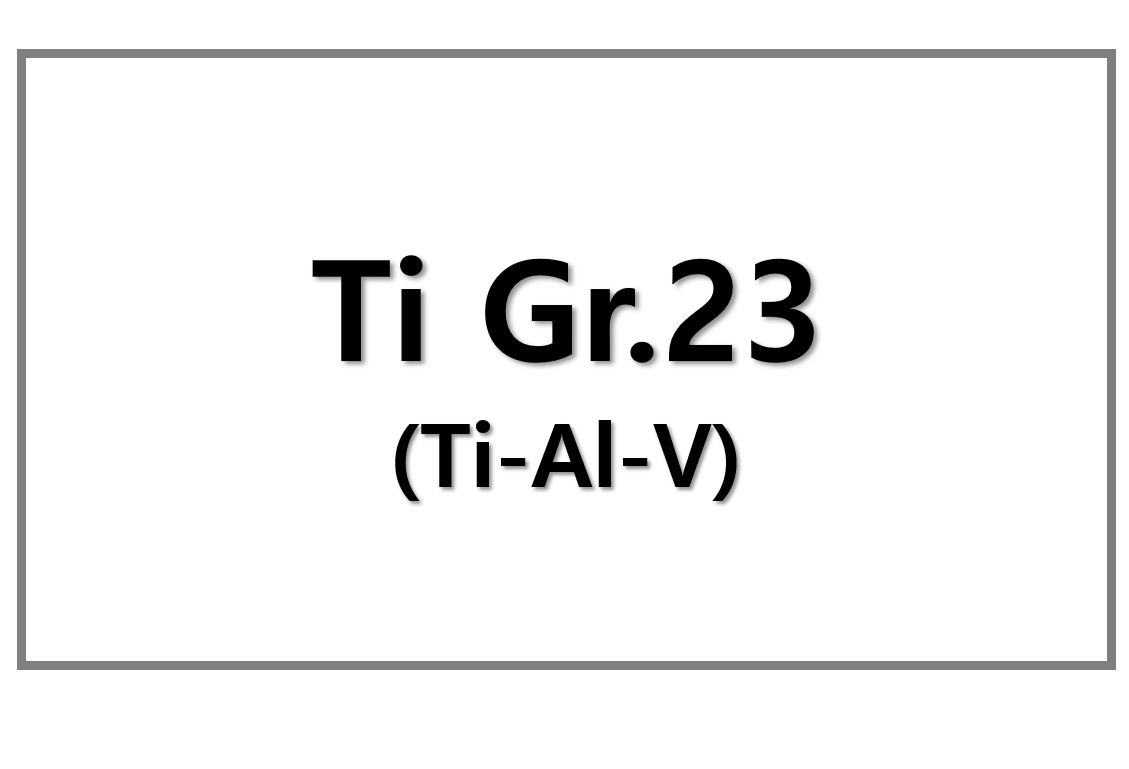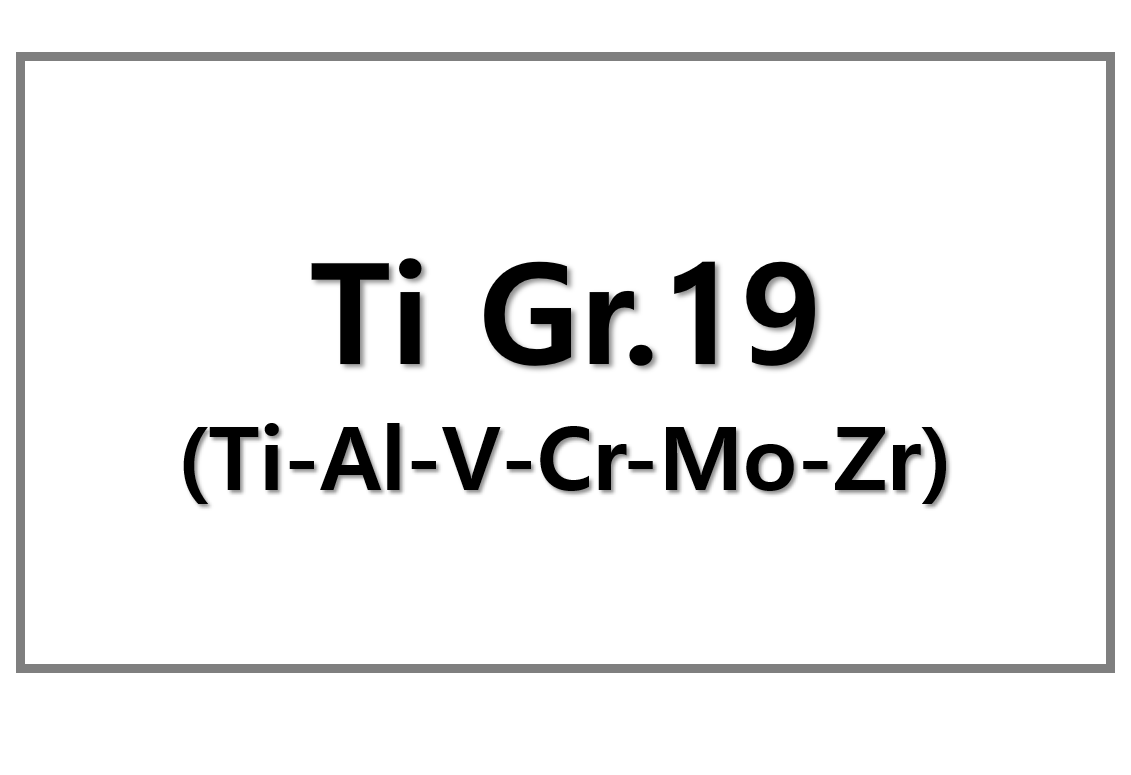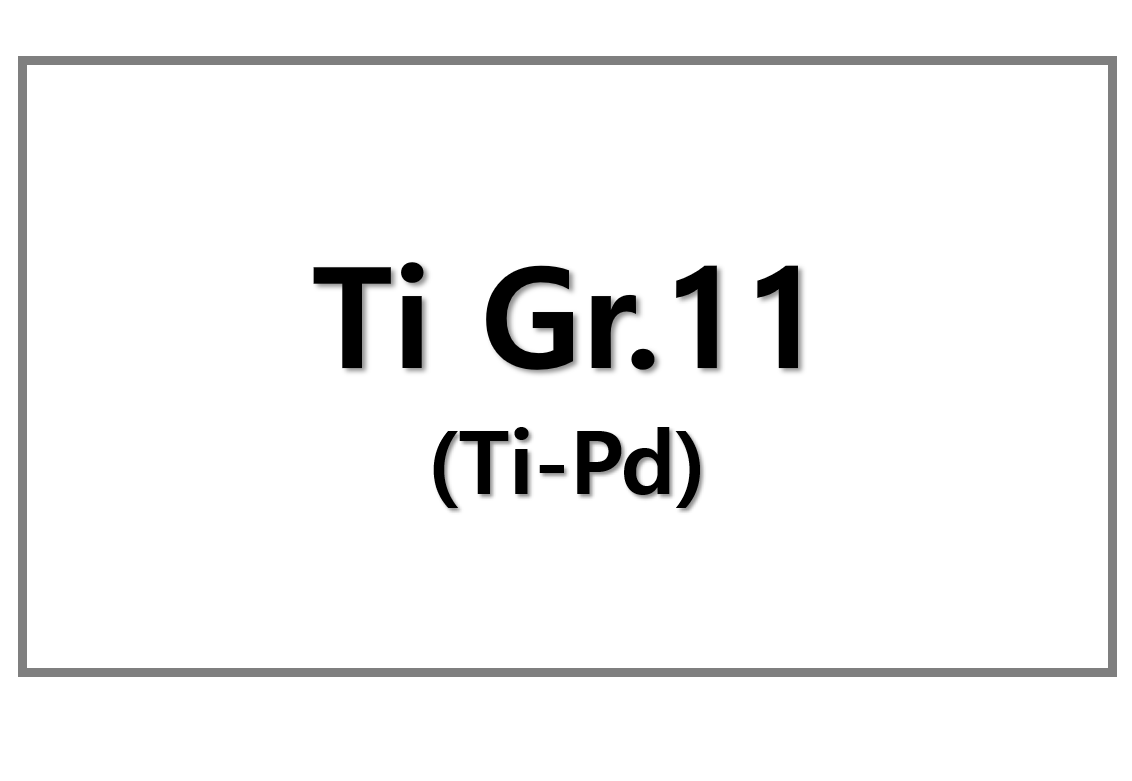
Zinc Market Backwardation Hinders 2026 Contracts
The 2026 zinc contract negotiations in Europe are progressing slower than expected. The steep backwardation on the London Metal Exchange (LME) is causing uncertainty due to critically low inventories. On-warrant zinc stocks dropped to 22,850 tonnes on 9 October, the lowest since February 2023. Currently, warehouse inventories sit at 43,750 tonnes, reflecting a 75% reduction since the start of 2025. Consequently, producers hesitate to lock in forward sales, while consumers struggle to forecast pricing.
Market participants report that the cash-to-three-month LME spread surged to nearly $300/t last month, signaling a severe short-term supply tightness. Although the backwardation has slightly eased to around $130/t, buyers remain cautious. Original equipment manufacturers have slowed orders, adding to uncertainty for special high-grade (SHG) zinc demand. As a result, both producers and consumers are taking a wait-and-see approach before committing to 2026 contracts.
European and US Zinc Markets Align with Spot Premiums
European market expectations for 2026 long-term premiums hover around $220/t, while at least one producer pushes for $250/t. This gap between buyer and seller targets is slowing negotiations. Meanwhile, spot premiums for SHG zinc in Rotterdam last assessed at $230–260/t on 17 November. The International Lead and Zinc Study Group predicts a global surplus of 271,000 tonnes in 2026, suggesting backwardation may not persist.
In the US, contract negotiations also lag, with premiums ranging from $396–463/t (18–21¢/lb). Some buyers are covered for early 2026, reducing urgency. Market sources indicate potential increases in spot purchases if tightness continues. Therefore, forward pricing uncertainty remains a key challenge for zinc buyers and sellers worldwide.
SuperMetalPrice Commentary:
The zinc market’s backwardation reflects tight near-term supply rather than long-term shortages. European and US markets will likely see premium convergence once inventories stabilize. Companies that hedge cautiously while monitoring industrial demand may gain pricing advantage. With 2026 supply forecasts indicating a surplus, forward contracts could reset closer to equilibrium, but spot volatility will remain a critical factor in the first quarter.











Leave a Reply
You must be logged in to post a comment.